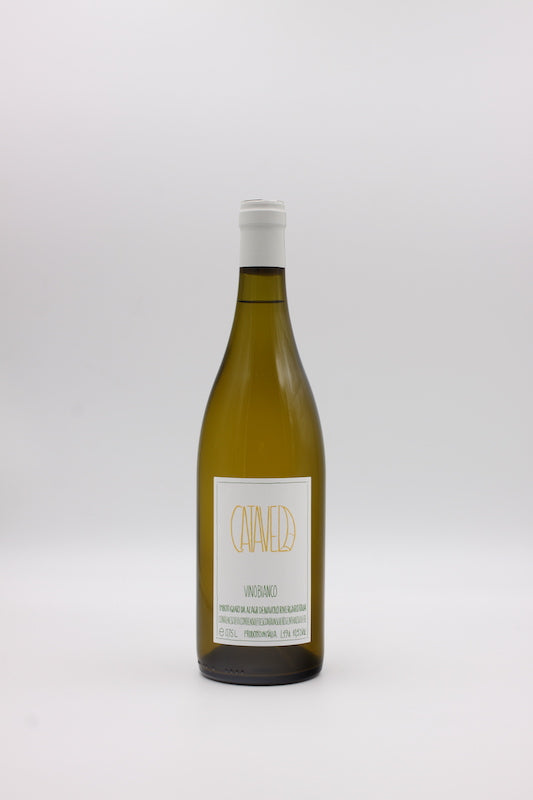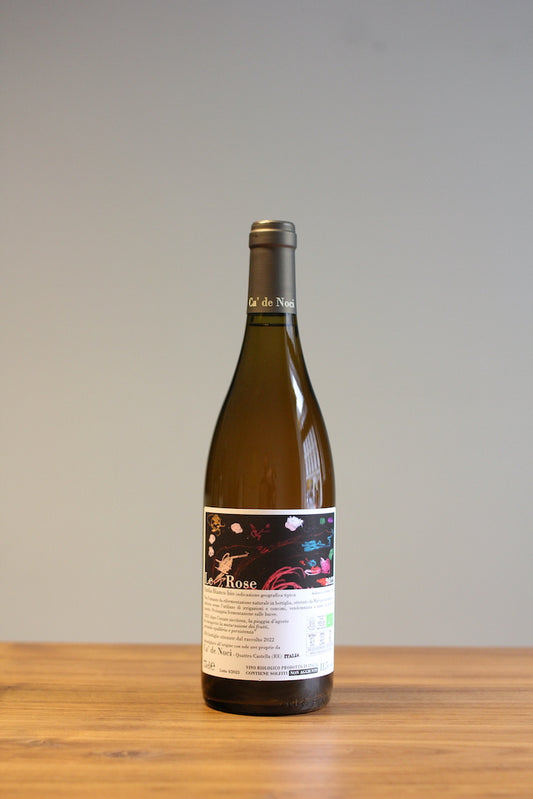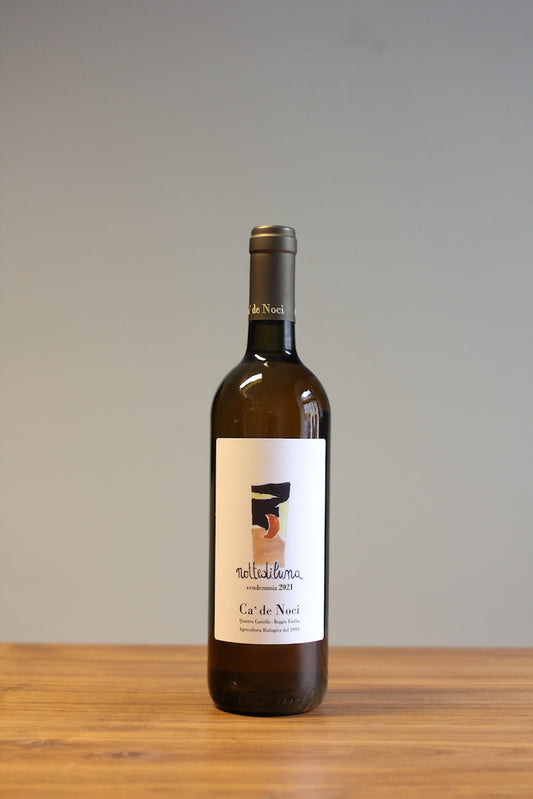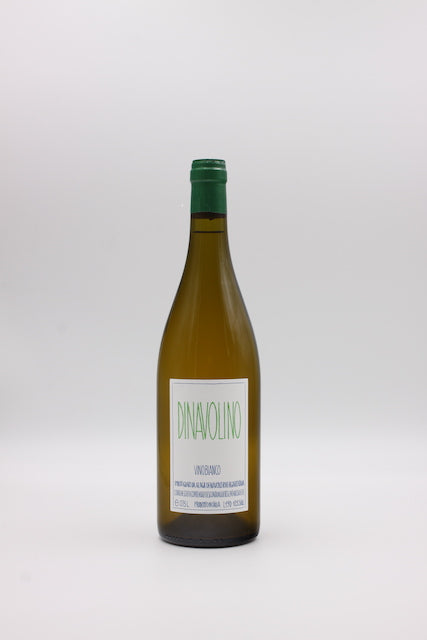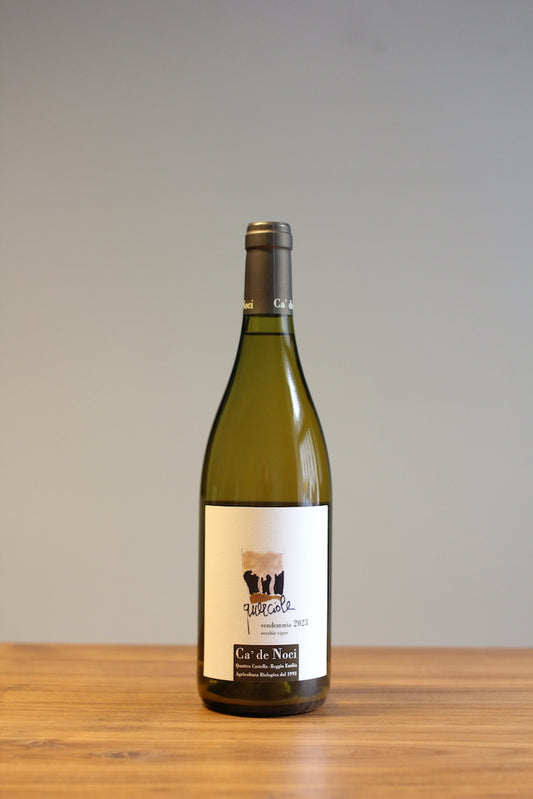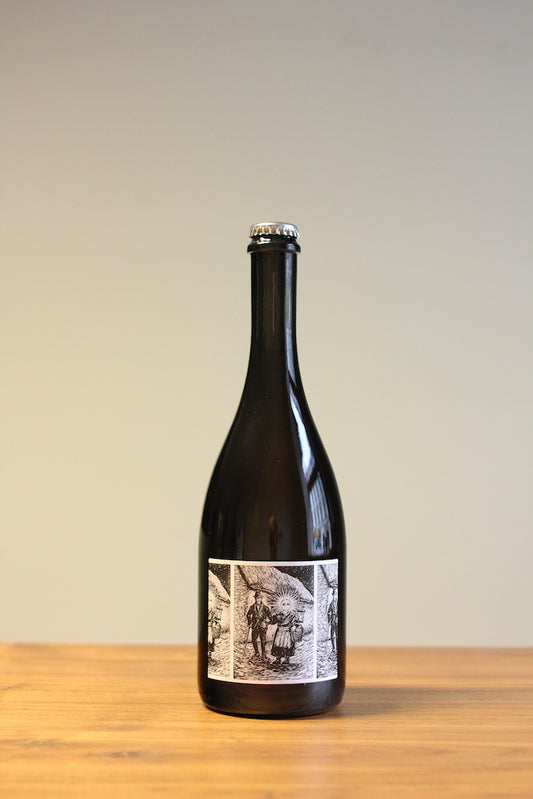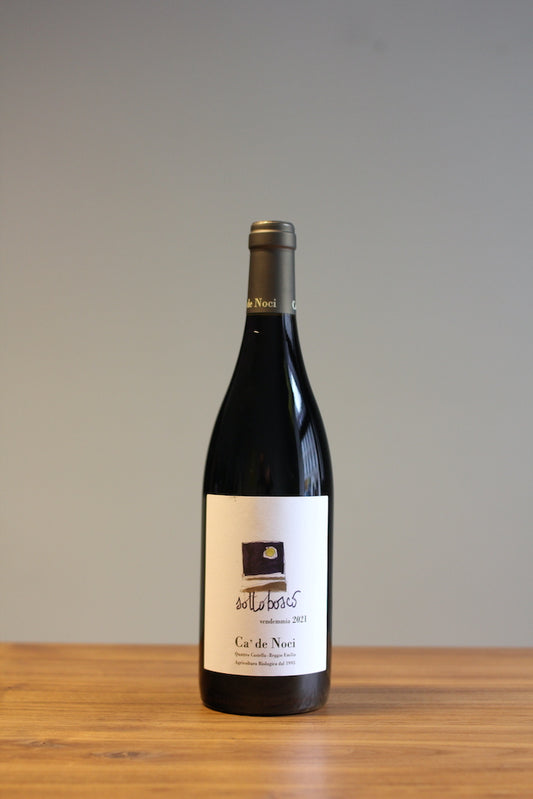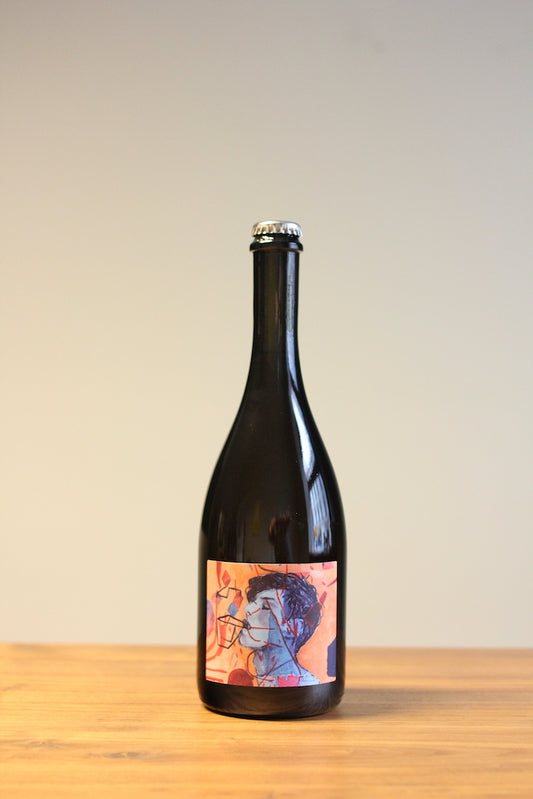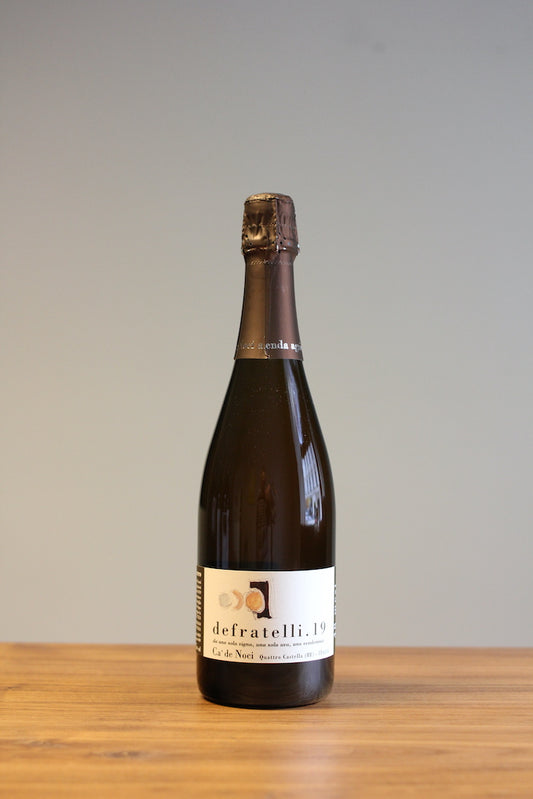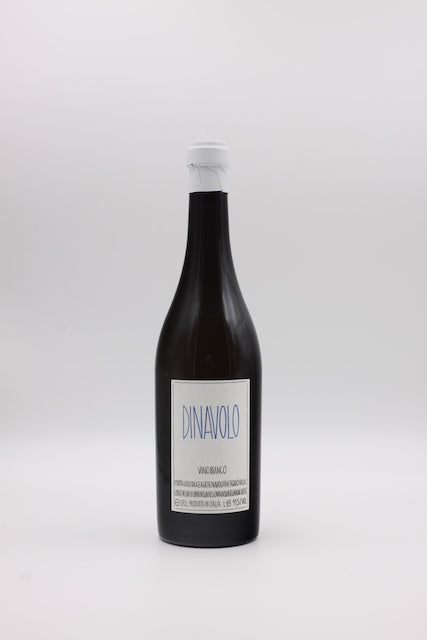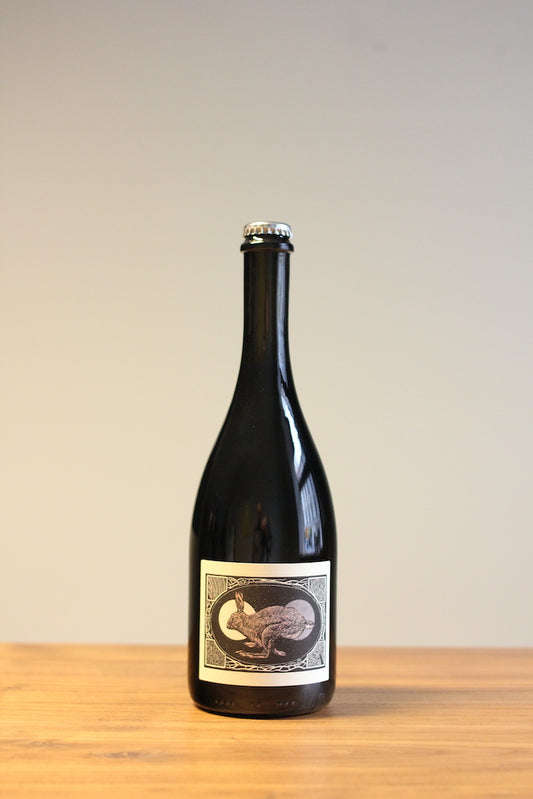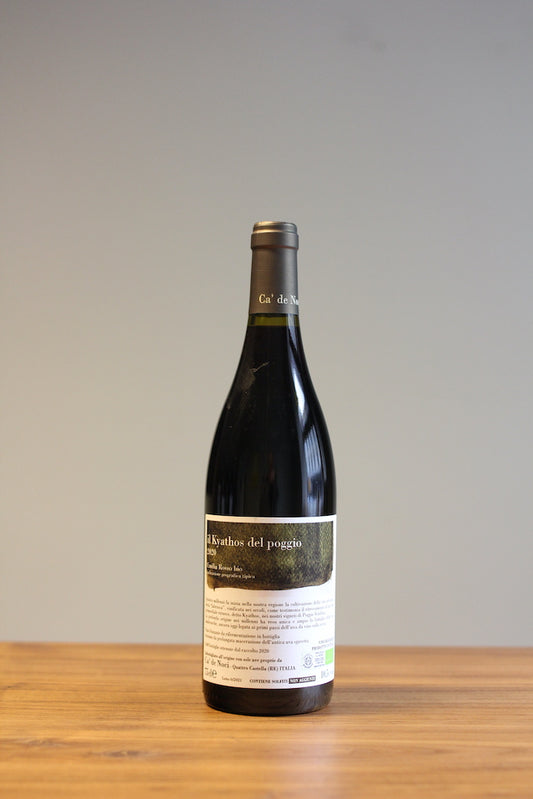Free shipping within Austria from € 99
Free shipping to Germany from € 120
Shipping costs within the EU
Payment methods
Emilia-Romagna
Eine kurze Einführung

Emilia is one of the great unknowns of the Italian wine world—at least in our part of the world. The reason for this, paradoxically, is one of Italy’s most famous wines: Lambrusco. Between Parma and Bologna, it’s the ever-present star. And because there is still an avalanche of average to outright disastrous bottlings on the market—often sold cheaply at taverns, gas stations, and discount stores—its reputation remains far from stellar. As a result, many who should be paying attention to it don’t bother at all.
Yet well-made Lambrusco is a fantastic drink. Francesco Guccini quite rightly called it the “nectar of the gods,” and Enzo Ferrari served it without hesitation to guests at his racing stable in Maranello instead of Champagne. Thankfully, today there are more than two dozen producers proving just how good sparkling wines from this large grape family can be.
In our view, the best examples come from the area around Modena.
North of the city, nothing suggests ideal winegrowing conditions. Swelteringly hot in summer, humid, and dead flat, the region is more comfortable for peaches, pears, and watermelons—and, crucially in our case, for Lambrusco di Sorbara and Lambrusco Salamino di Santa Croce. The former, when carefully cultivated, can produce highly elegant and nuanced Lambrusco despite the summer heat, while the latter generally results in more full-bodied, fruit-driven, and approachable wines. Both varieties are masterfully transformed by Gianluca Bergianti into top-class, bottle-fermented Frizzante and Spumante wines.
South of the city, the conditions change fundamentally. Around 15 kilometers from Modena—near Castelvetro di Modena—the first hills begin to rise gently toward Tuscany. The thermal winds and sun exposure shift, and the soils become naturally shallower and increasingly stony. The grape varieties also differ: the previously mentioned Lambruscos are now rare here. Instead, this area is home to other members of the Lambrusco family. Grasparossa—dark and full of substance—is the undisputed number one, accompanied by rare varieties such as Lambrusco Fiorano or Marani. Max Brondolo of Podere Sottoilnoce is on a mission to capture their essence and, with his sensational white wine Funambol, also reveals the enormous potential of Trebbiano di Spagna, a grape traditionally used for Aceto Balsamico di Modena.
Like Sottoilnoce, the winery Ca’ de Noci is located among the hills—but around 40 kilometers further west, in the province of Reggio Emilia. Lambrusco Grasparossa still dominates here, now joined by the red variety Malbo Gentileand the white Spergola, which, despite repeatedly impressive results—especially in sparkling wine production—has never made it beyond the small area of its origin.
Further west still, on the border with Lombardy, one can once again immerse themselves in a new wine world. In the beautiful and gently rising Val di Trebbia—once traversed by Hannibal and his elephants on their way south—white grapes dominate today. Chief among them is Malvasia di Candia Aromatica, a variety that only reveals its true character after extended skin contact, and Ortrugo, its faithful companion, which serves mainly to temper the power and expansive aromatics of Malvasia with a touch of restraint. This is often done alongside the French grape Marsanne, which entered the region during Napoleon’s occupation. The undisputed master of these three varieties is Giulio Armani, who has worked with them for over 30 years and, for about 15 years, has been making wines under his own label Denavolo.
Which leaves Romagna. It forms the second part of the region’s name and is, in many ways (not only viticulturally), quite different from Emilia. In Romagna, Sangiovese has the first and last word. In hushed tones and at a safe distance from any eavesdropping Tuscans, locals here sometimes claim that the grape originated here and only later took root in Chianti, Montalcino & co. Be that as it may, what’s certain is that central Italy’s great red variety thrives in the hilly, well-ventilated lands around Faenza, Forlì, and Rimini. That’s why Tenuta Saiano—where you can also eat and stay exceptionally well—produces several excellent versions of it.
Sangiovese is flanked by a few white varieties. We’re still on the lookout for a truly great Albana, but Saiano at least shows just how much elegance and finesse is hidden within Grechetto Gentile, a grape that has been at home in Romagna for many generations.


